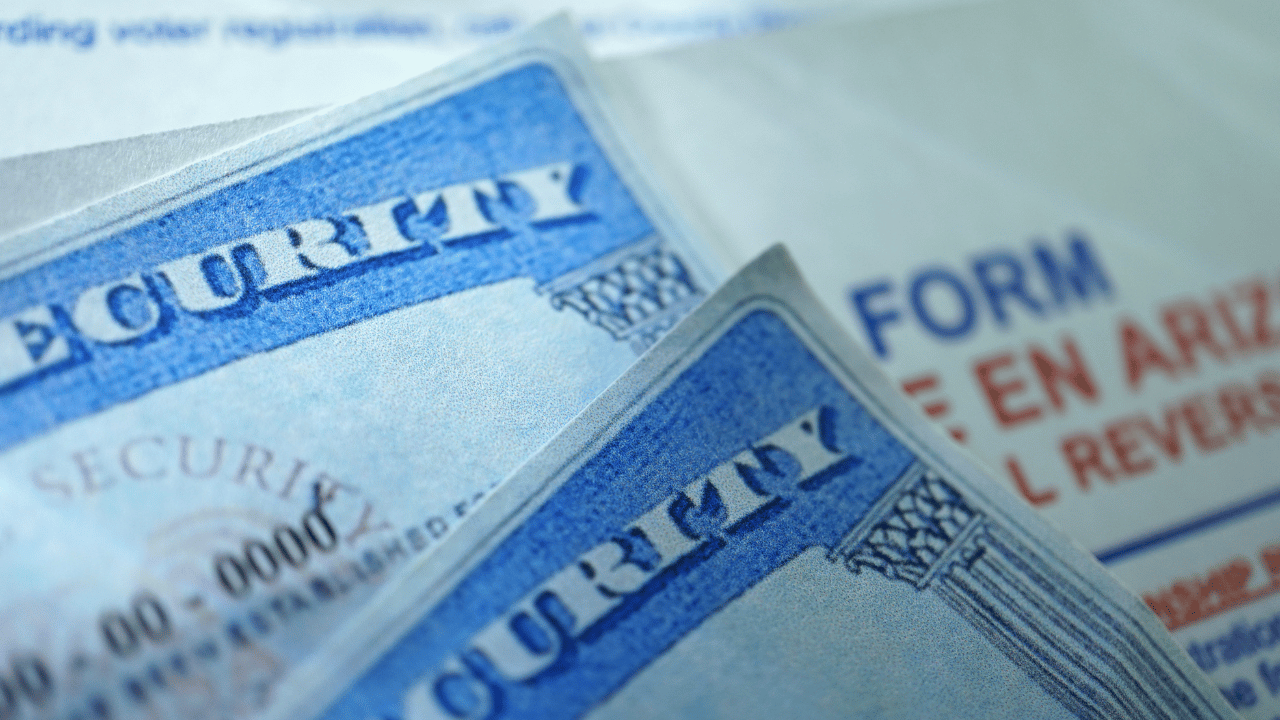In 2025, low-income individuals and families seeking financial assistance for groceries can turn to the Supplemental Nutrition Assistance Program (SNAP)—a critical federal aid initiative formerly known as food stamps. Managed by the U.S. Department of Agriculture (USDA) and administered individually by each state, SNAP provides monthly food benefits to eligible households. To successfully apply, it’s essential to understand the specific eligibility criteria, required documentation, and state-wise procedures.
SNAP Eligibility and How to Apply in 2025

SNAP is designed to help income-constrained households access nutritious food. Although the program is funded federally, each U.S. state manages its own application process and sets specific income limits and documentation requirements. Applicants must apply in the state where they currently live, and the process varies slightly depending on location.
Application Methods
SNAP applications can be submitted through several channels, depending on your state:
- Online: Most states provide secure online portals for submitting applications digitally.
- By Phone: Some local SNAP offices accept applications over the phone.
- In Person: You can visit your nearest SNAP office to apply face-to-face.
- By Mail: Applicants can print, complete, and mail in their application along with the required documents.
If any documents are missing or incomplete, your state agency will typically follow up with you to request the necessary information.
Documents Required for SNAP Application
To confirm eligibility, applicants need to provide documentation that verifies their identity, income, household size, living expenses, and specific circumstances like disability or student status. Here’s a breakdown of the typical paperwork needed:
Proof of Identity
- Driver’s license or state-issued ID
- Birth certificate
- Adoption papers
- Naturalization certificate
- U.S. passport
- School or military ID
Proof of Citizenship or Immigration Status
- Social Security card
- Naturalization certificate
- U.S. birth certificate
- Green card (permanent resident card)
- Employment authorization document
- Military service records
Proof of Residency
- Lease agreement or mortgage statement
- Voter registration card
- A letter from your landlord including your name and current address
Financial Documentation
Applicants are required to provide proof of all household income and available resources. States assess both earned and unearned income, along with any assets not used for daily living.
Earned Income
- Recent pay stubs
- Employer letters confirming job and wages
- Tax returns
- Bank account statements showing regular deposits
Unearned Income
- Child support documentation
- Pension or retirement fund details
- Social Security award letters
- Records of dividend income
Resources and Assets
- Bank statements
- Stock or bond certificates
- Ownership records for non-primary residences (like a second home)
Additional Documentation Based on Situation
For Applicants with Disabilities
- Medical records or diagnostic paperwork
- A letter from a licensed physician describing your condition
For Students
- Proof of current enrollment
- Documentation confirming eligibility for a student exemption
Household Expenses
- Rent or mortgage bills
- Homeowners insurance
- Property tax receipts
- Utility and phone bills
Childcare Costs
- Childcare payment receipts
- Dependent care or child support documentation
Since each state operates with slightly different rules and documentation standards, it’s highly recommended to contact your local SNAP office for the most accurate, up-to-date instructions. Preparing your documents ahead of time can significantly streamline the process and reduce any delay in receiving benefits.









